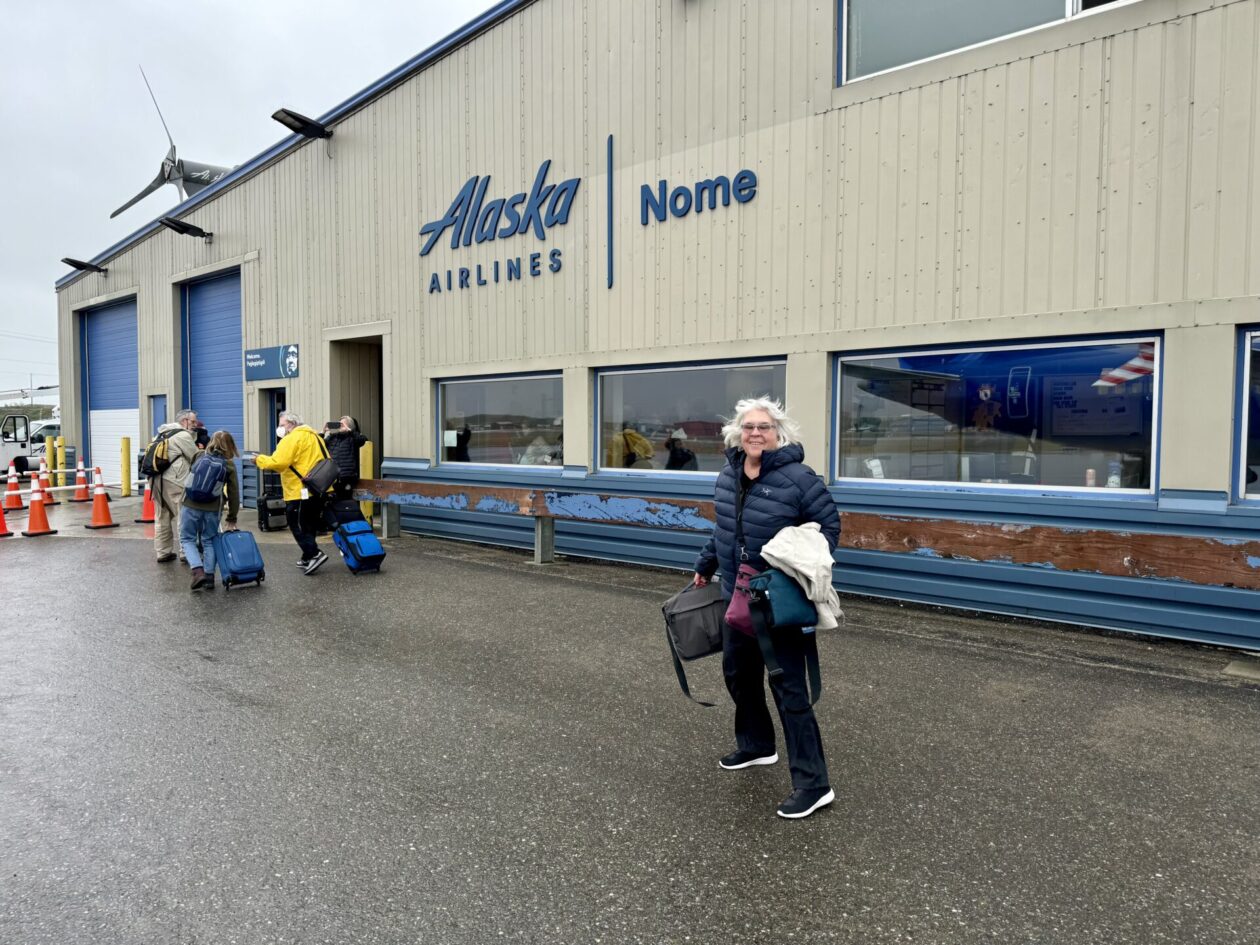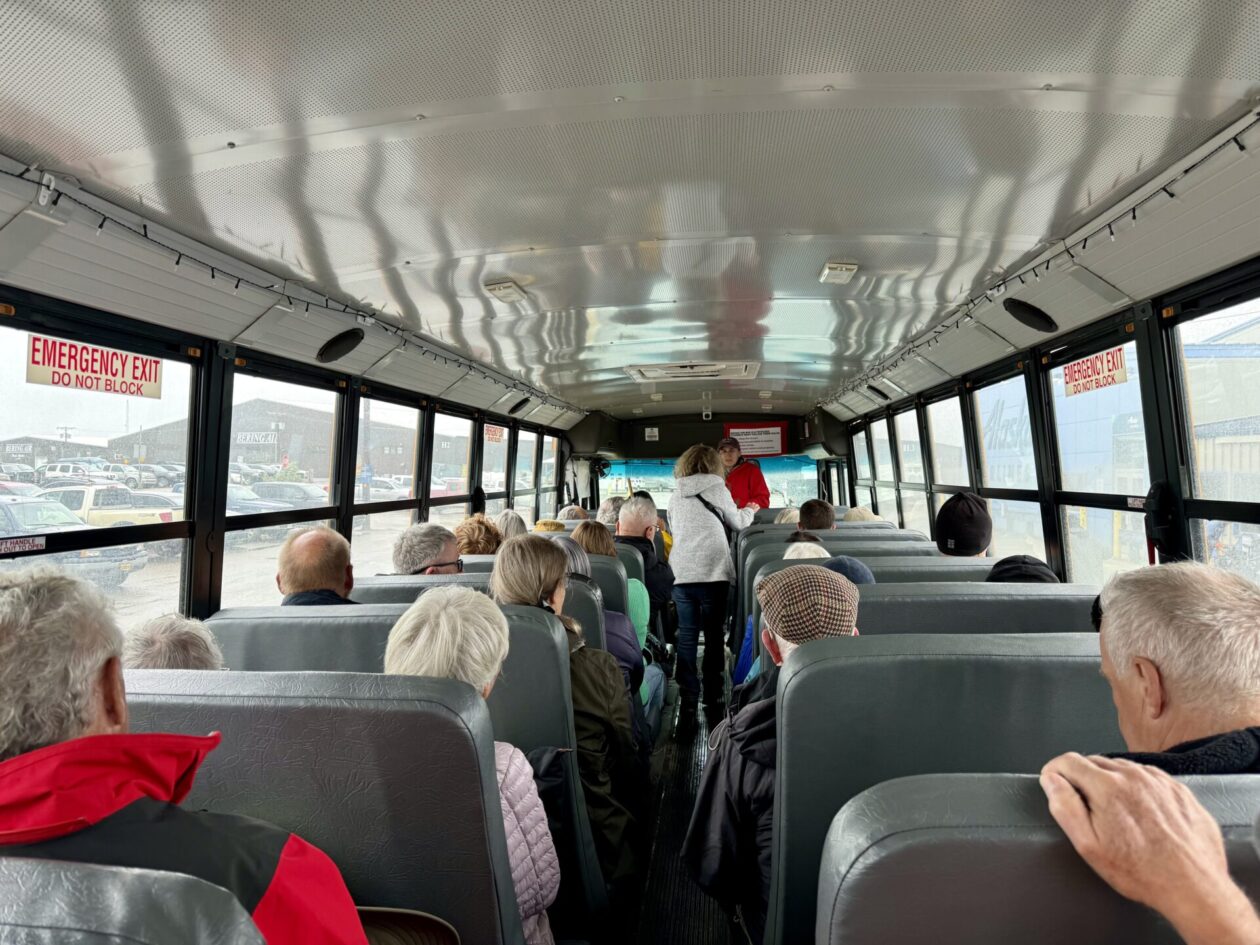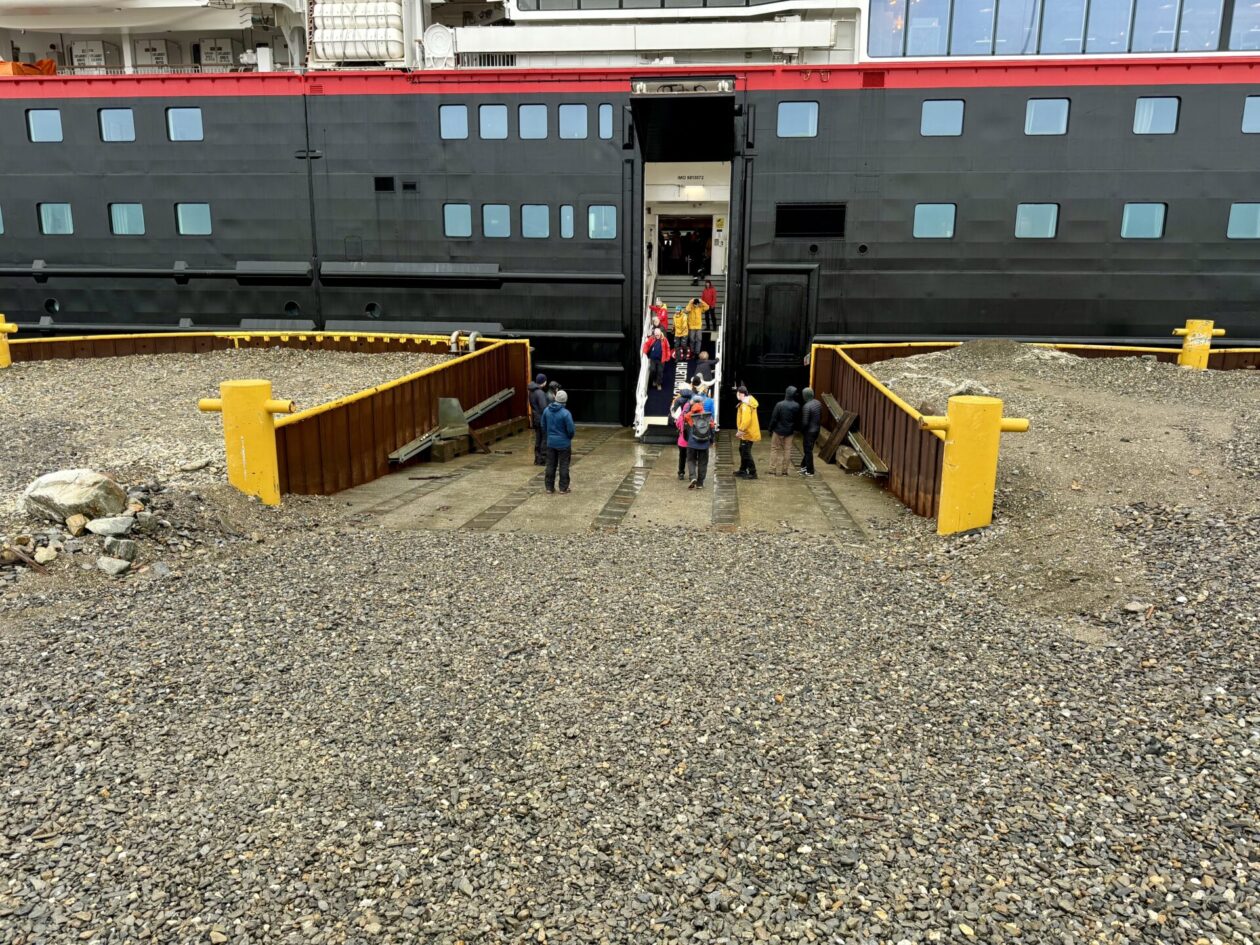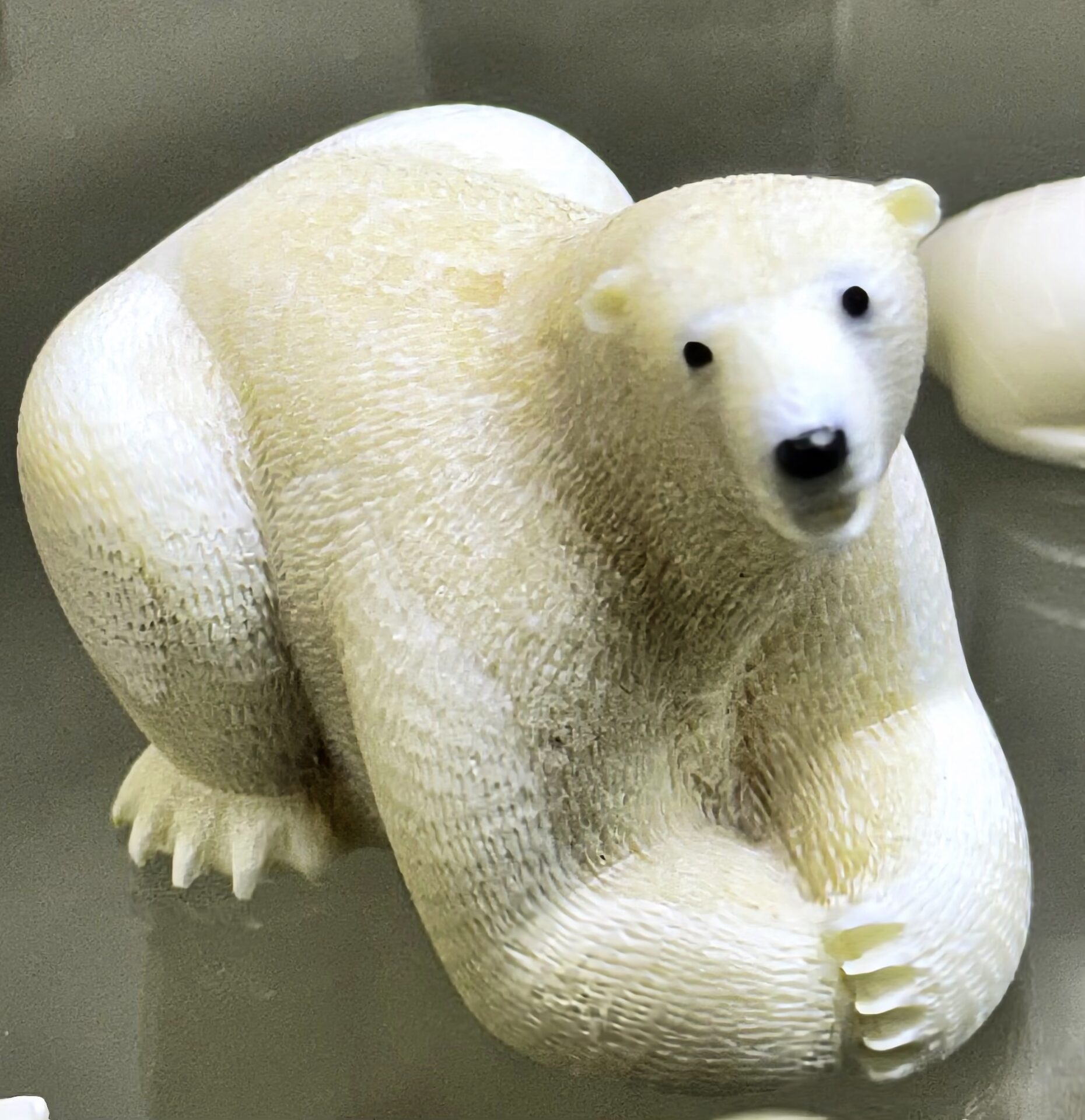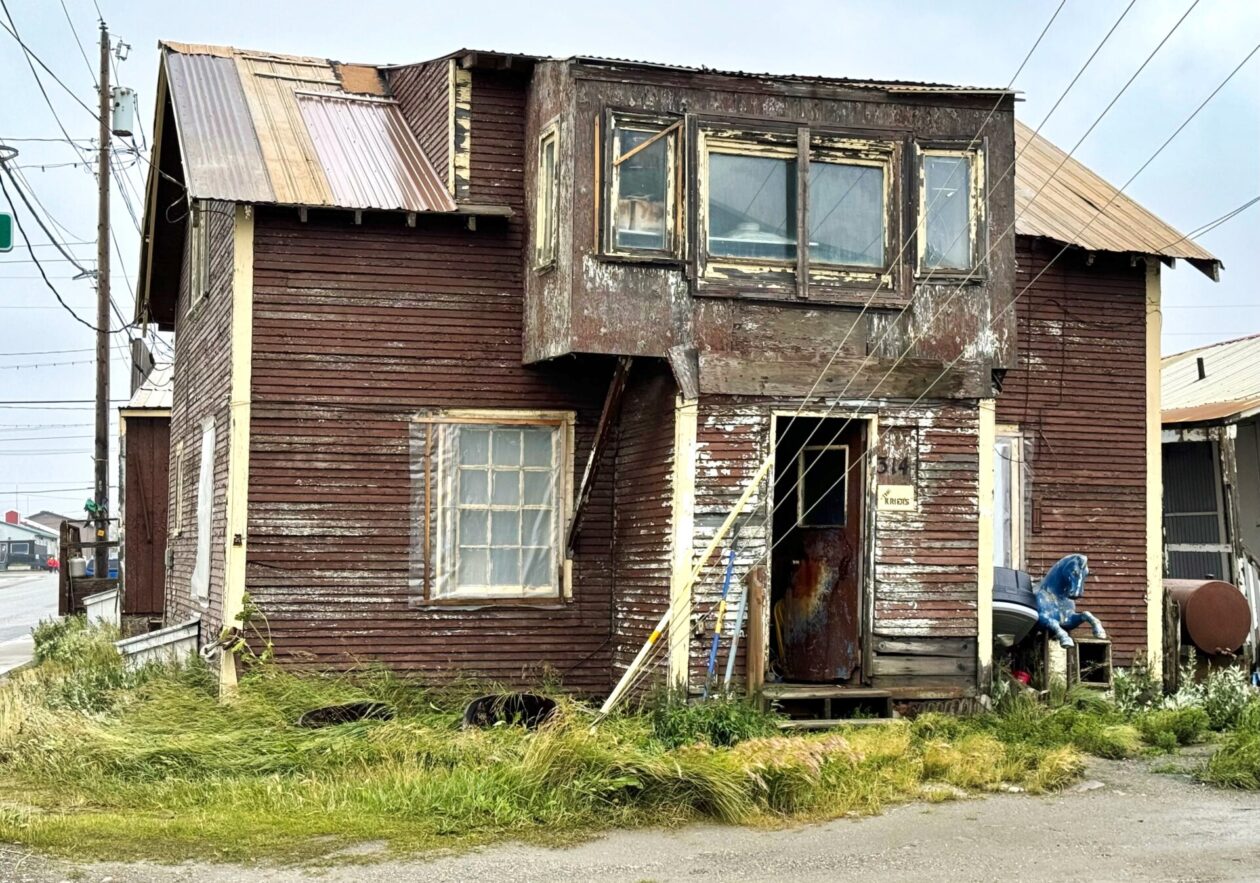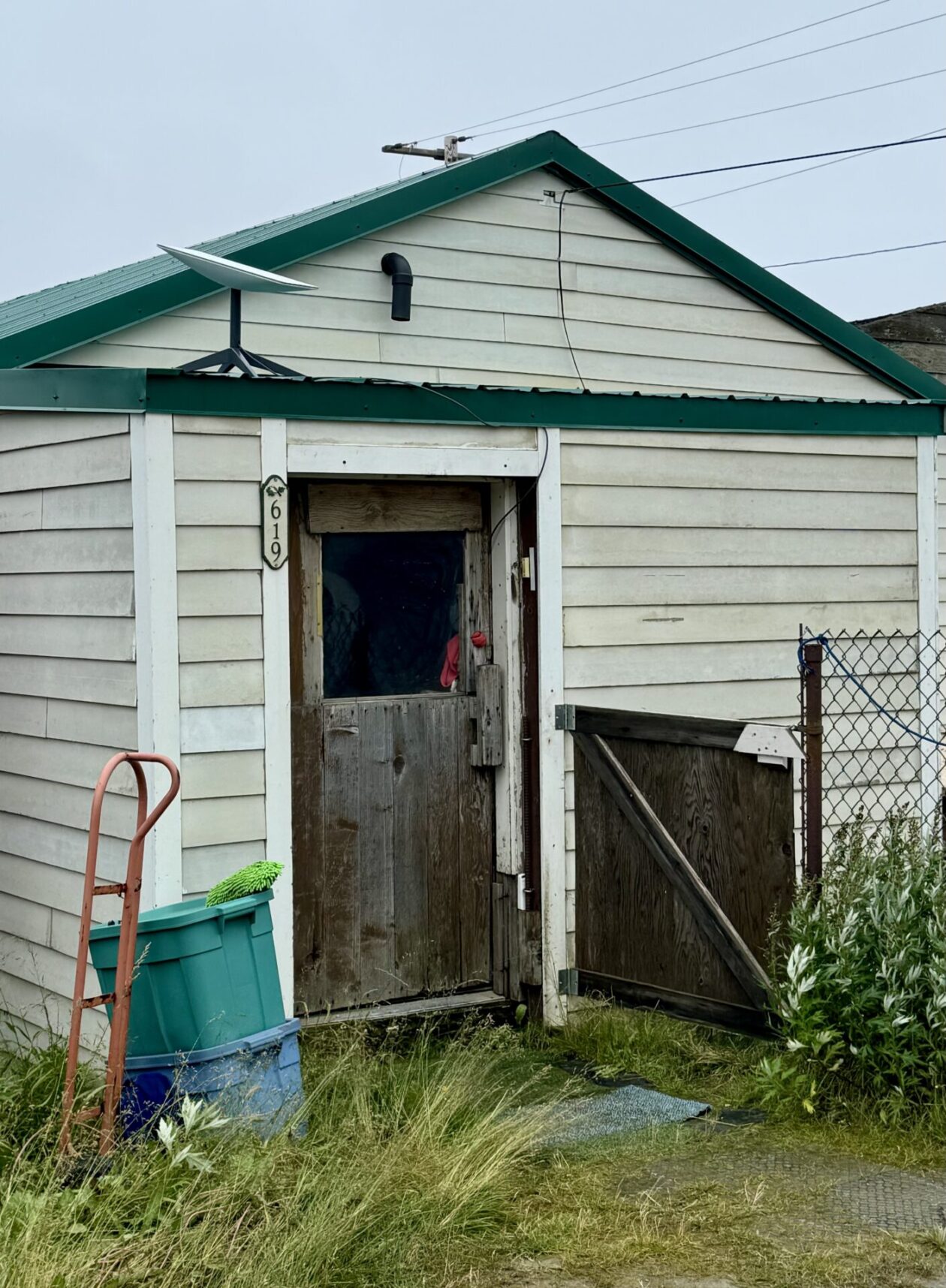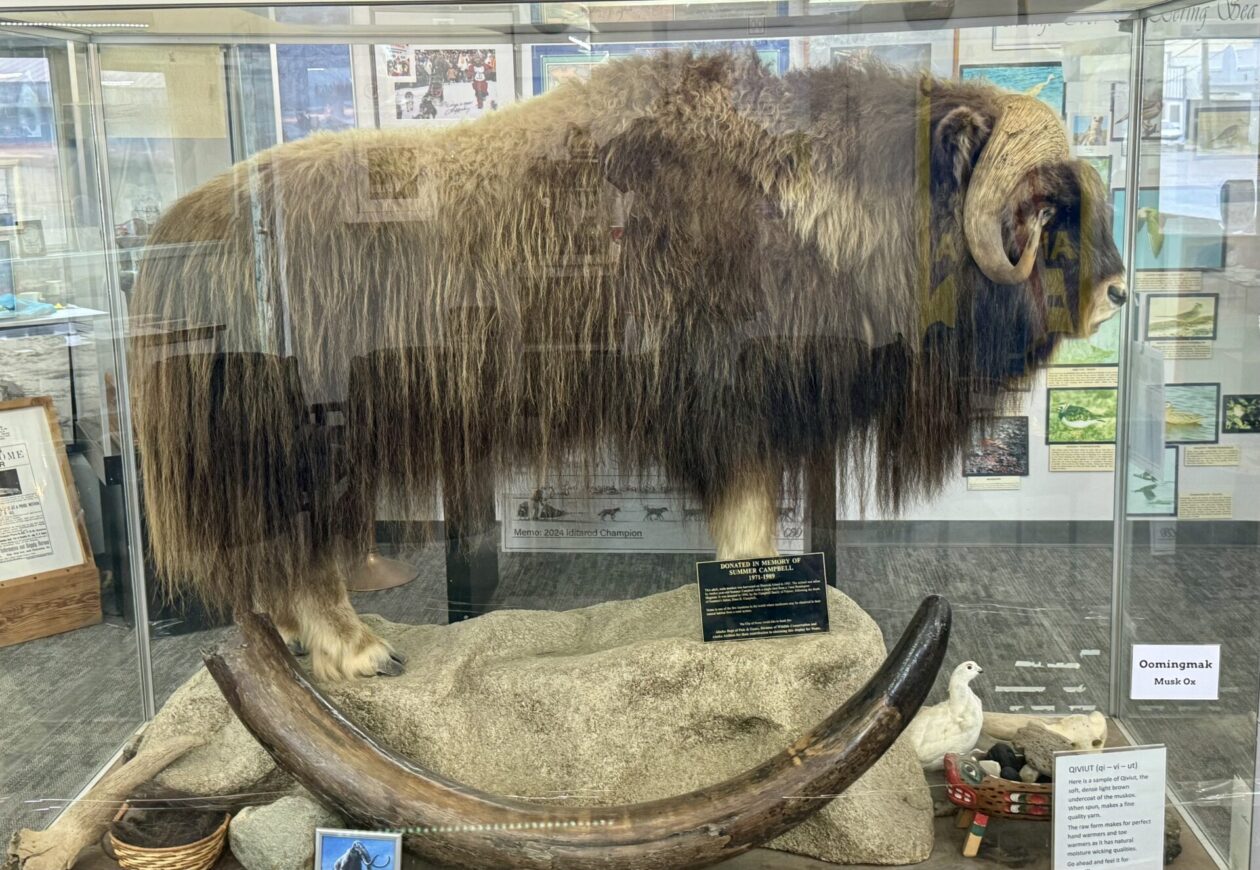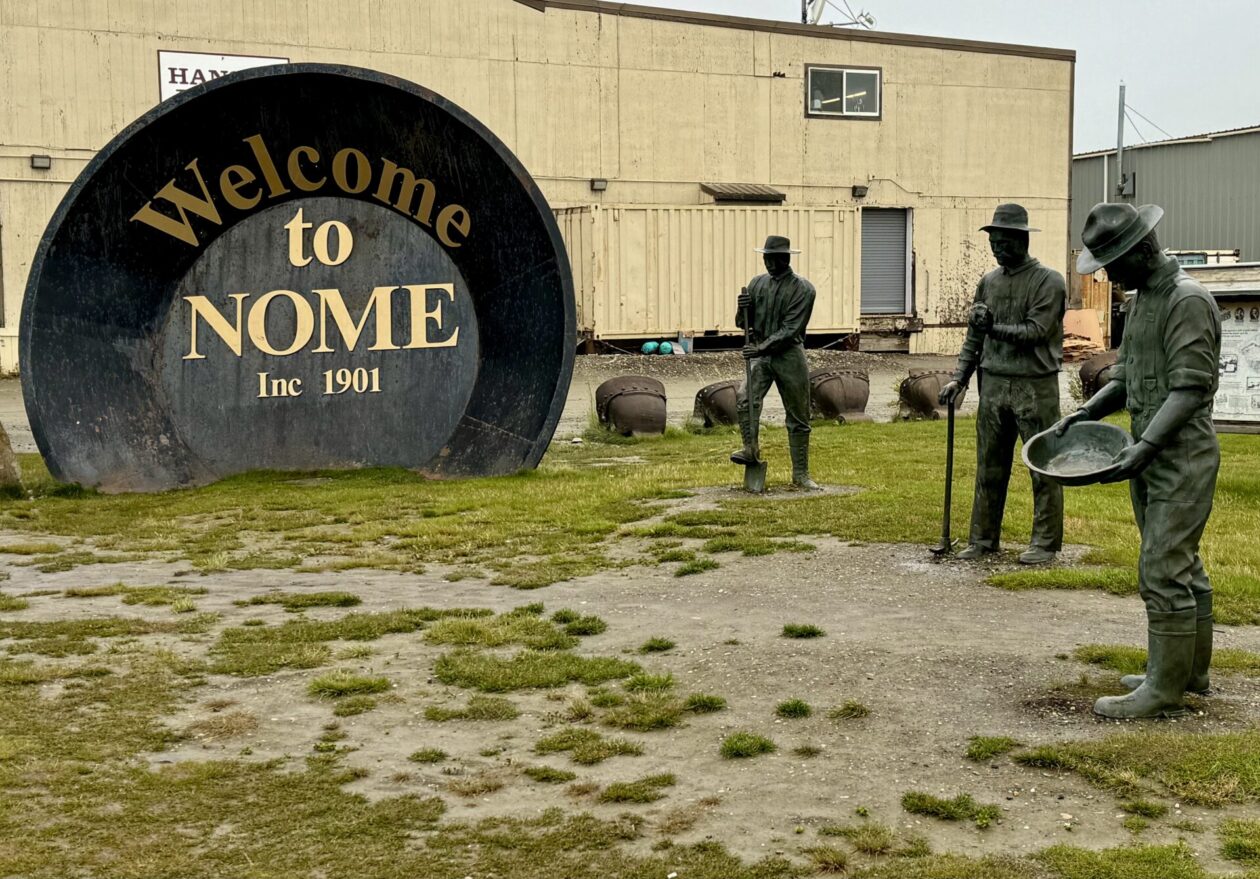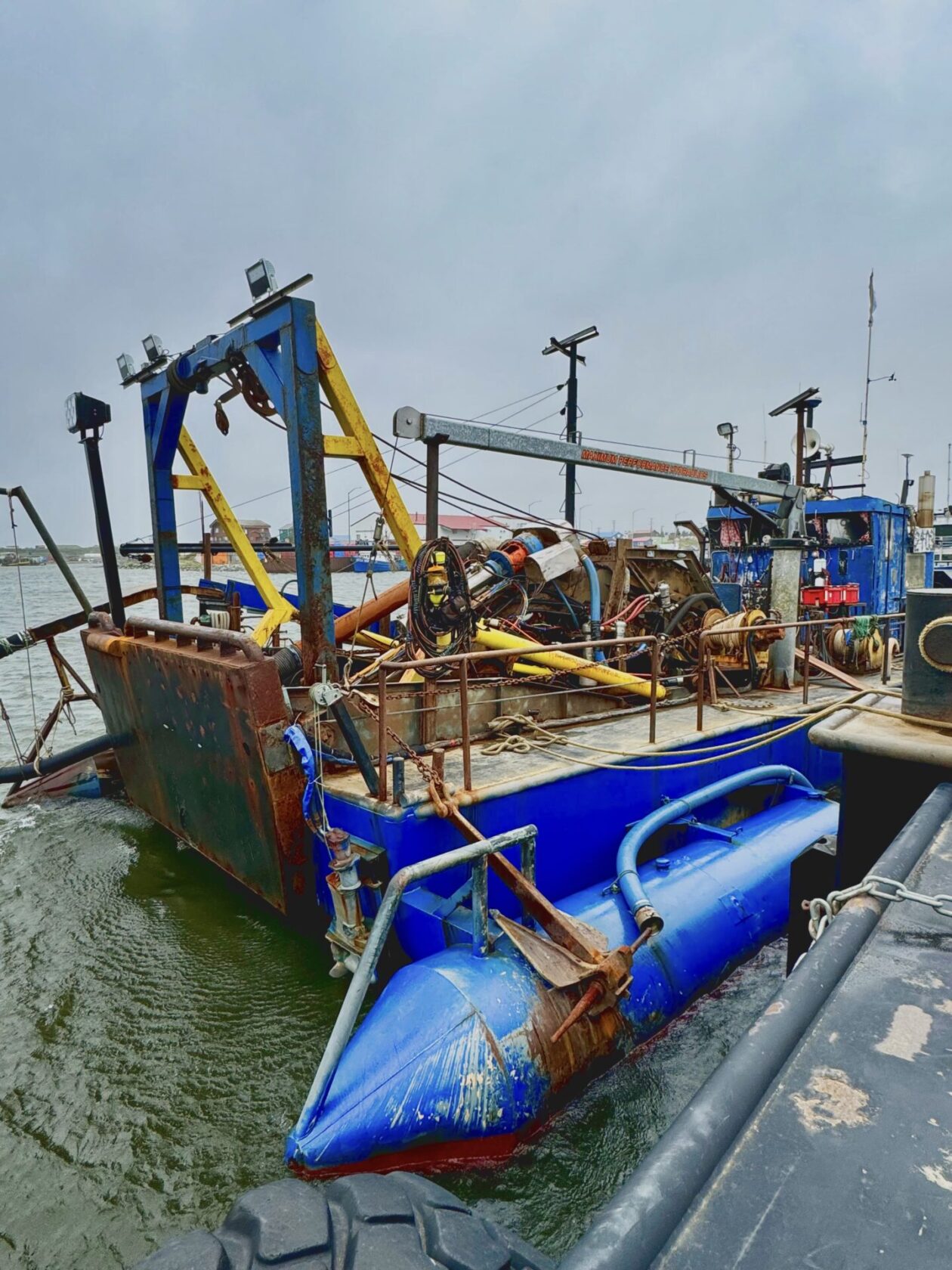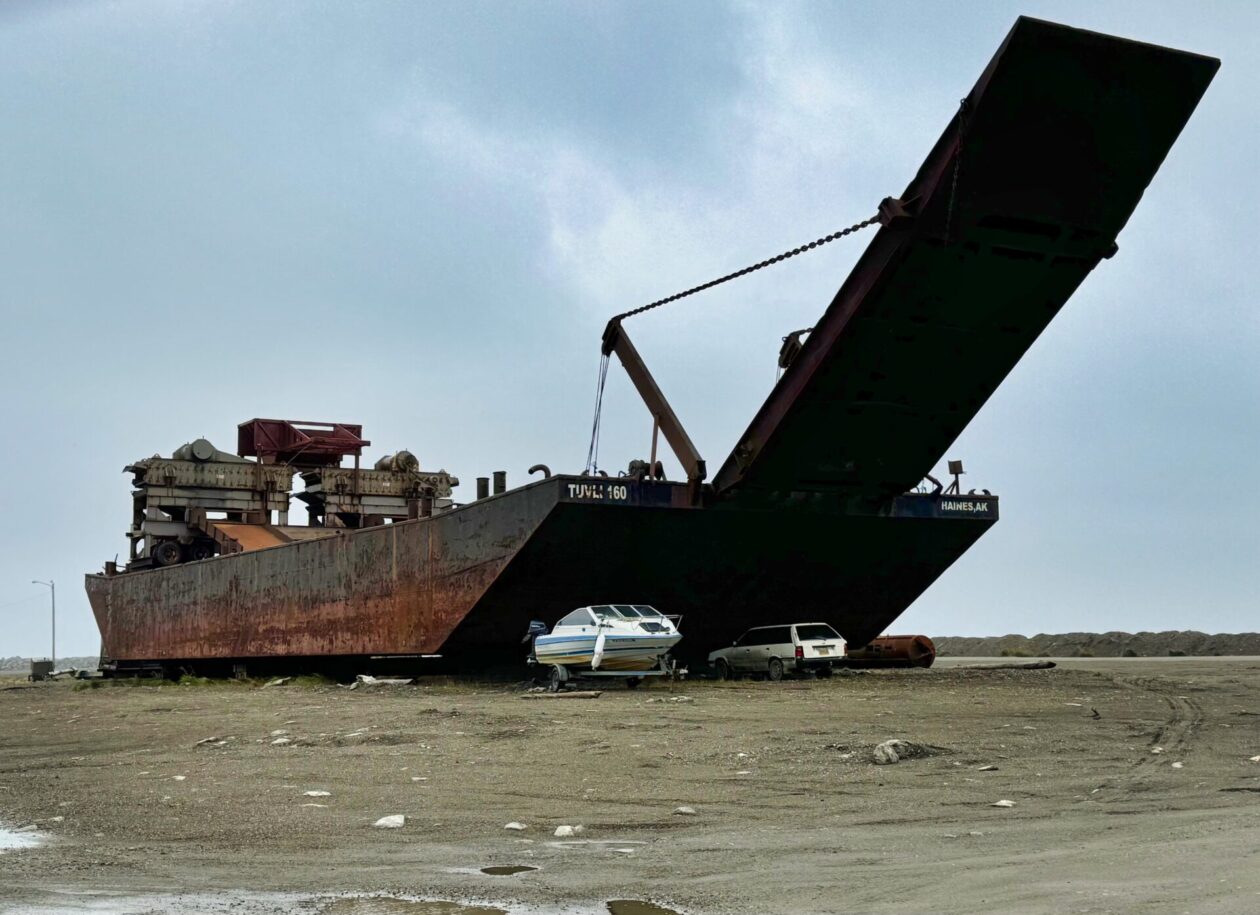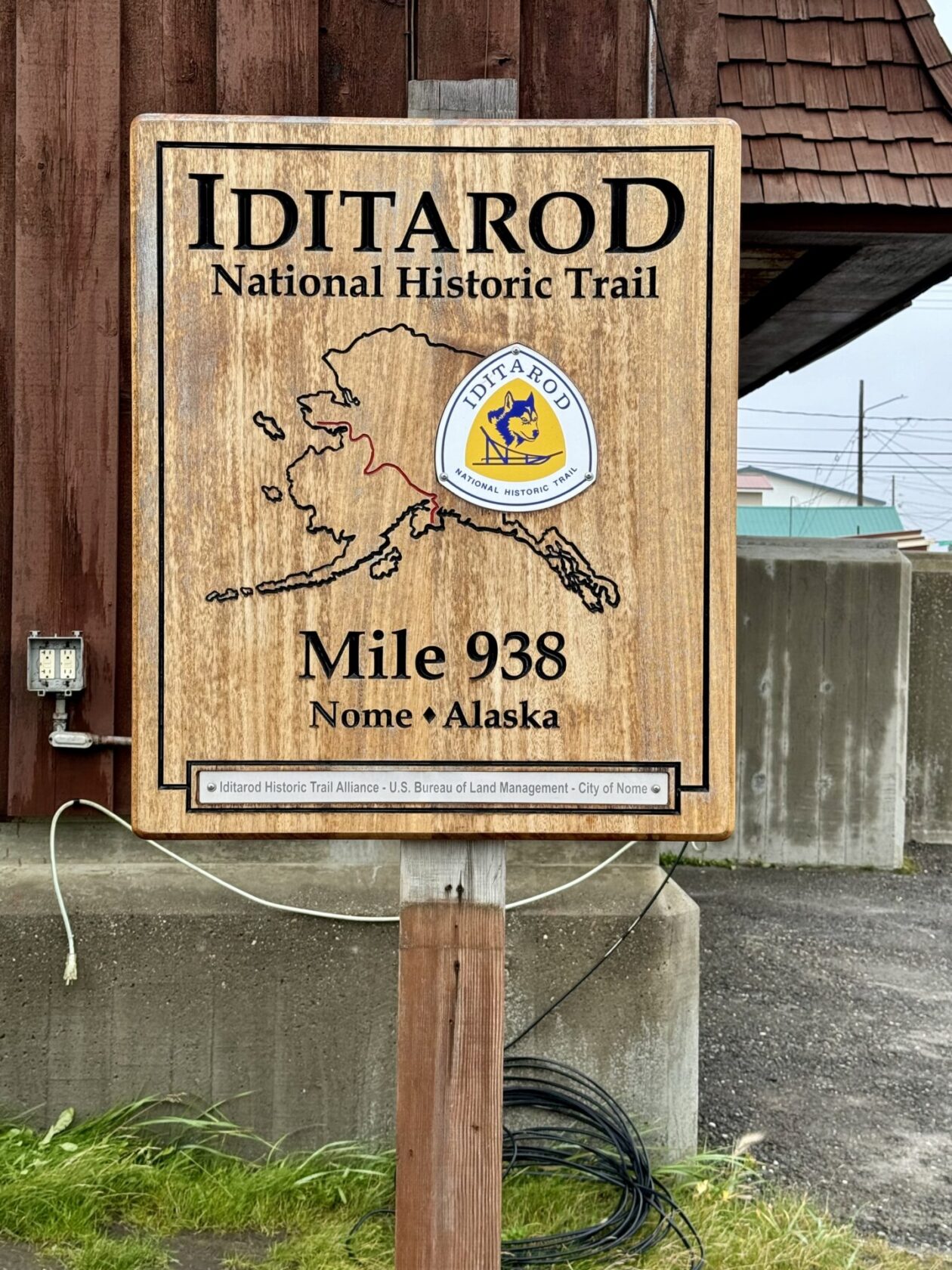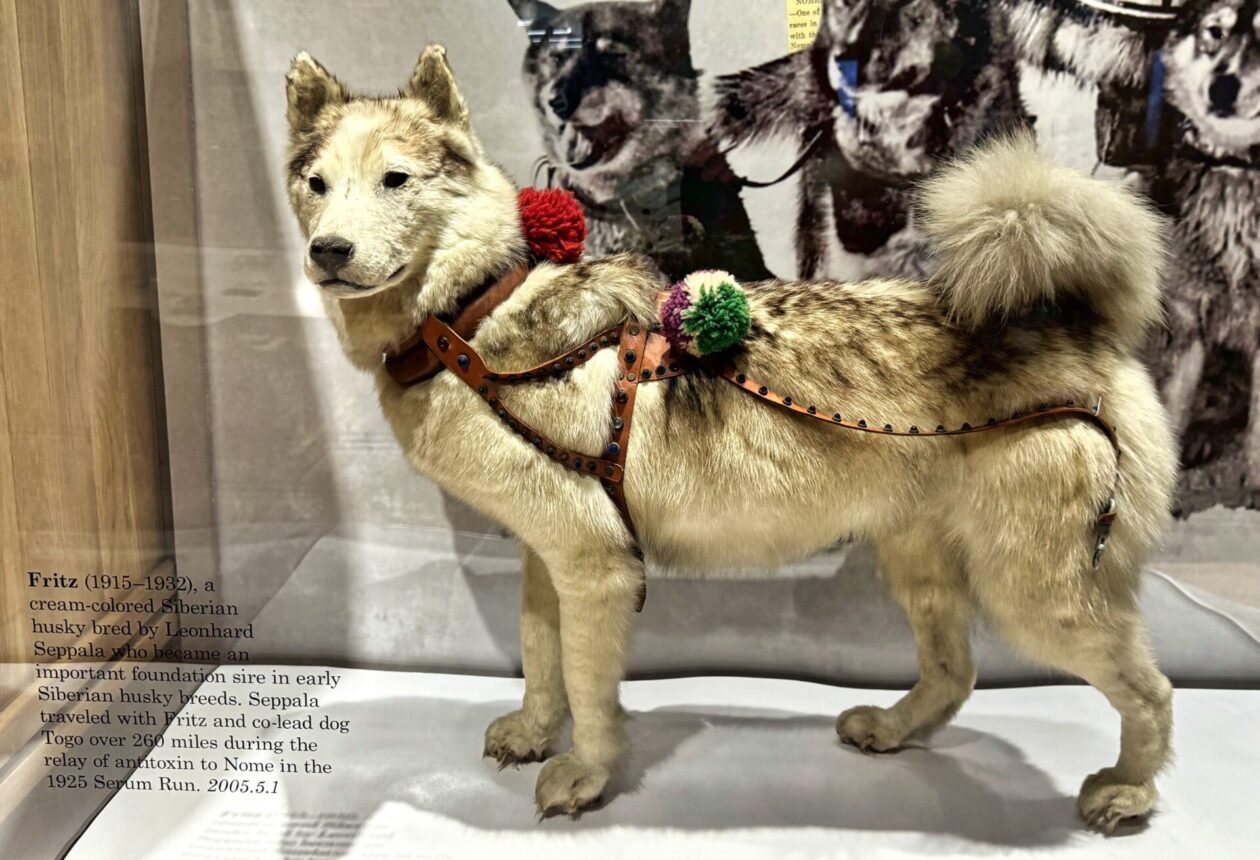- Start of trip and Nome, AL
- Herschel Island, Yukon, Canada
- Sea Day, a surprise, and the Smoking Hills, Northwest Territories, Canada
- Ulukhaktok, Northern Territories, Canada
- Murray Island, Nunavut, Northern Canada, Canada
- Cambridge Bay, Nunavut, Northern Canada
- Citizen science and Borge Island
- Gjoa Haven, Nunavut, Northern Canada
- A busy day at sea — polar bears, musk ox, and plankton, oh my!
- Prince Leopold Island, Beechey Island, and Radstock Bay, Nunavut, Northern Canada
- Croker Bay and Dundas Harbor, Nunavut, Northern Canada
- Pond Inlet and the Inuit, Nunavut, Northern Canada
- Ilulissat, Greenland
- Sisimiut, Greenland
- Red Bay, Labrador, Canada
- Corner Brook, Newfoundland, Canada and end of trip
Well, we’re off again on another long trip, the first part being the transit of the Northwest Passage which should take nearly two weeks. Then we are off to Eastern Greenland, Labrador, Newfoundland, and ending in Nova Scotia. Why are we taking this trip? Probably for three reasons: (1) we’ve been doing a lot of “civilization” trips and we wanted to get back out in the wild; (2) Deb is a big polar explorer fan, and the Northwest Passage is the route of both failed (Franklin) and successful (Amundsen) expeditions, the relics of which we hope to see; and (3) we wanted to see for ourselves the impacts of climate change, as we anticipate we won’t be seeing much ice in an area that used to be impassable by ship (without an icebreaker carving a path for you.). Having said that, this is a pretty rare voyage indeed. There have been less than 80 transits of the Northwest Passage in passenger vessels since Amundsen, and the first was in 1984!
The trip really started in Nome, AK. It was actually only meant to be a few hour stop to embark the ship and take off. What we didn’t count on was having the remnants of Typhoon Ampil that recently passed through Japan. The harbor in Nome is very small and directly open to the sea. We had sustained winds of 30 – 40 knots, with gusts up to 60 knots. That meant that even while tied up, our ship was bobbing around and the waves surged up between the ship and the pier. As a consequence getting on the ship was problematic and a few passengers fell on the gangway as they tried to get up. The Captain then closed the gangway — Deb had boarded and I hadn’t. As a consequence, the rest of us went into town to investigate.
This area has a very interesting history. While probably have heard of the Lost Continent of Atlantis, you probably haven’t have hear of the Lost continent of Berengia, an enormous Ice Age landmass that connected Alaska and Russia. This is where the famous “land bridge” that you’ve probably heard about existed that is now covered by the Bering and Chukchi Seas. Today, the Bering Land Bridge National Preserve protects about 2.7 million acres of lands on the US side. While we didn’t have time to visit this remote landscape (the headquarters in Nome is 100 miles from the preserve), we did get to visit with some of the rangers to learn about it, and we will be passing alongside it as we transit the Chukchi Sea. The traditional people of this region encompasses 20 villages and three distinct groups of people: Inupiat, Central Yupik, and St. Lawrence Island Yupik. These people have lived a life of subsistence in the region for thousands of years that largely exists as it always had today. While in Nome, we visited their cultural museum that described their lives and cultural values. Beyond their hunting, fishing, and gathering, they also have developed an art style, using parts of marine mammals they harvest that are not otherwise used for food, shelter, and clothing. As far as large land animals, probably the most frequent visitor to the Nome area is the muskox. Apparently, there are quite a few that make their home in the area and it’s not unusual to have them wander into town. Sadly, the only one we got to see was at the Visitors’ Center, where probably the most genial host talked with us and gave us little gifts (including some muskox fur) for about an hour.
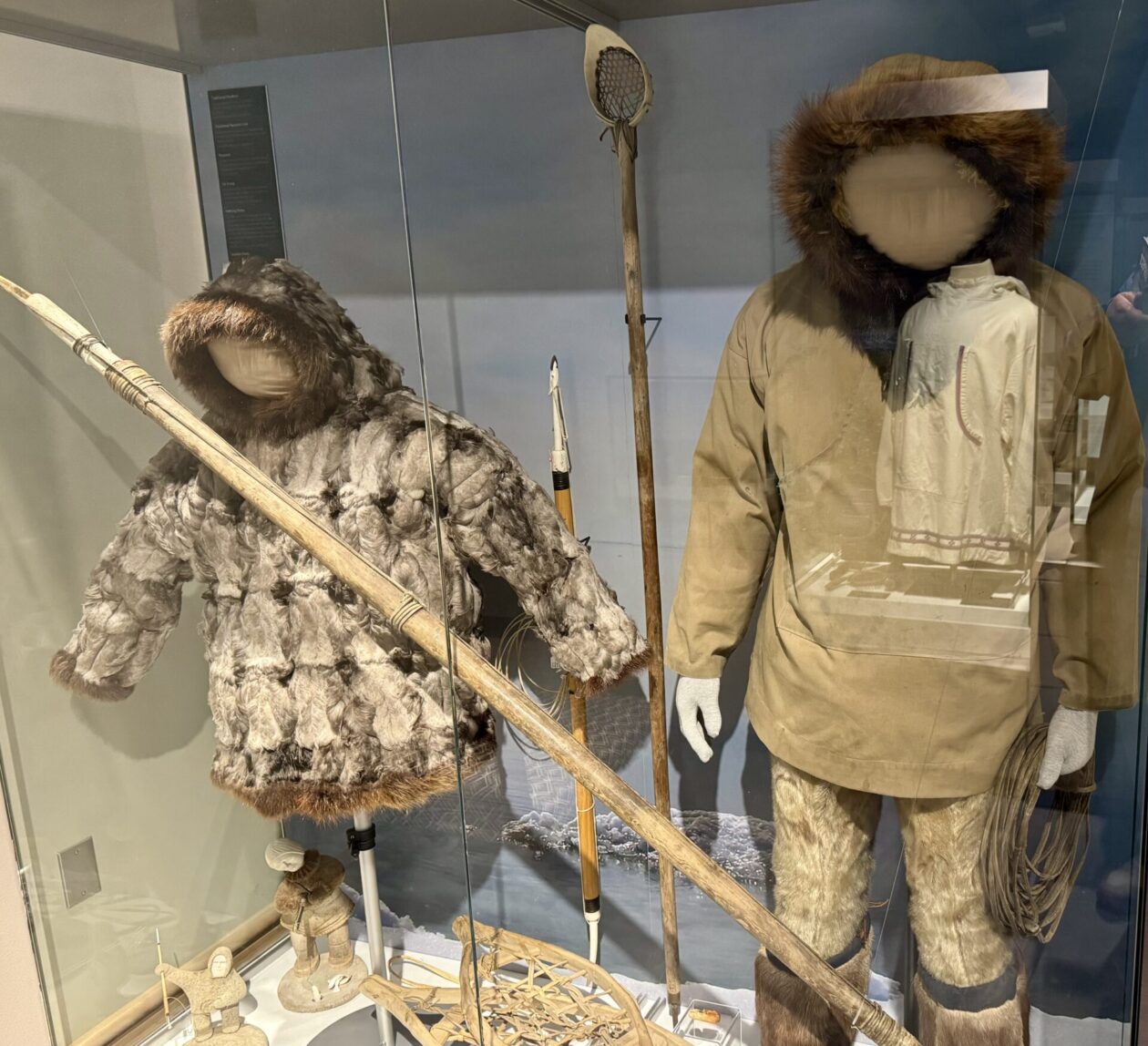
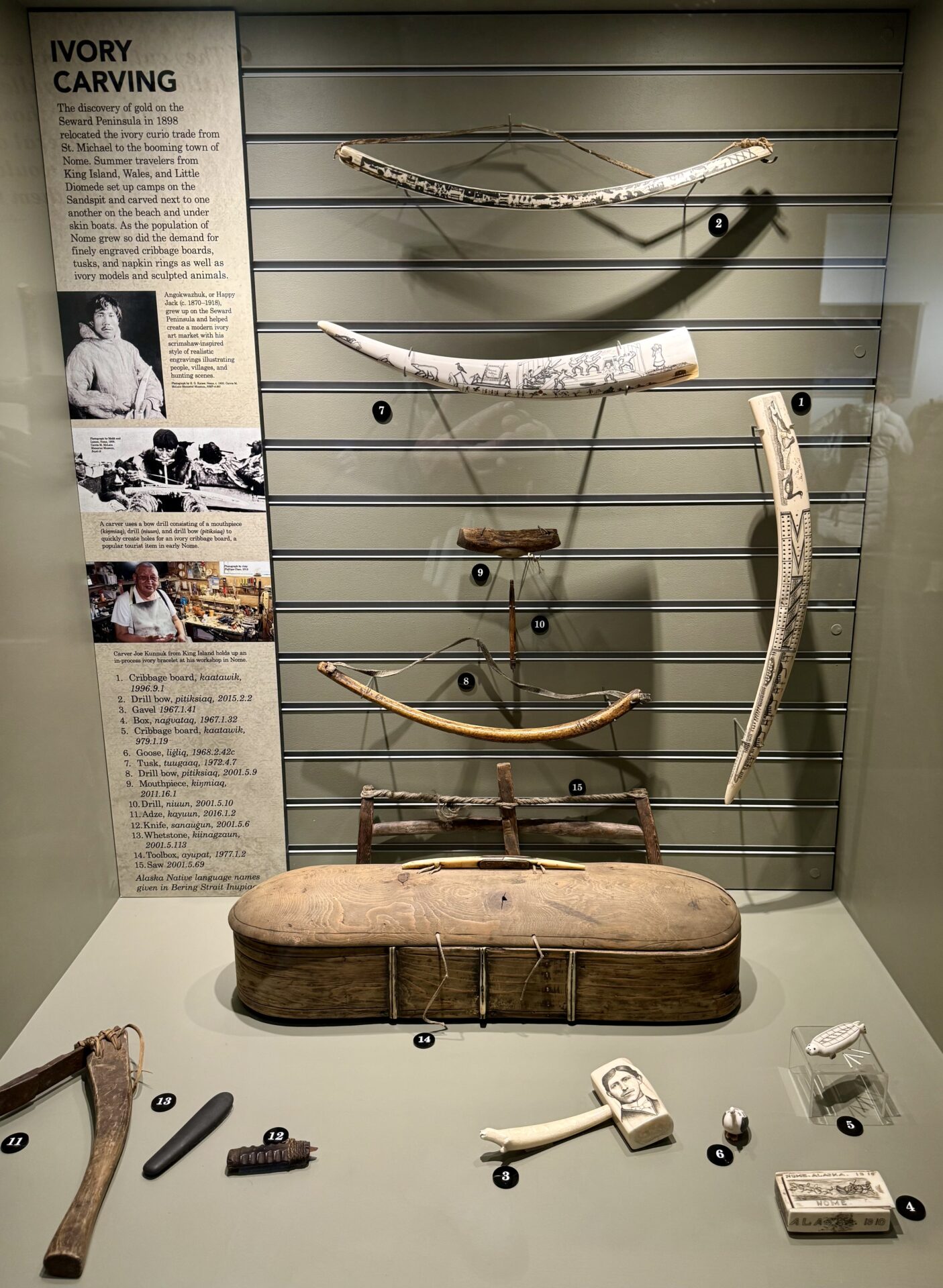
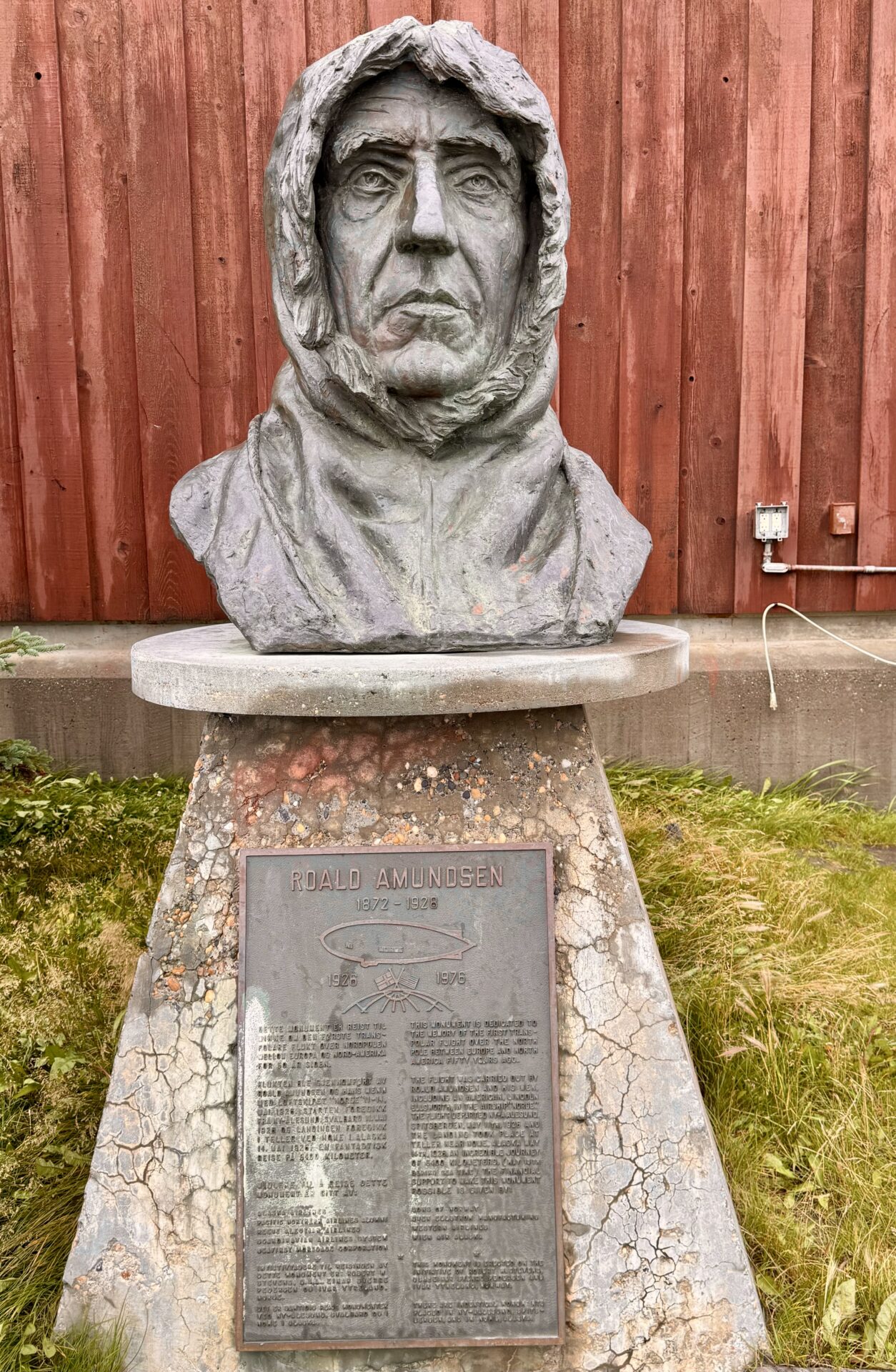
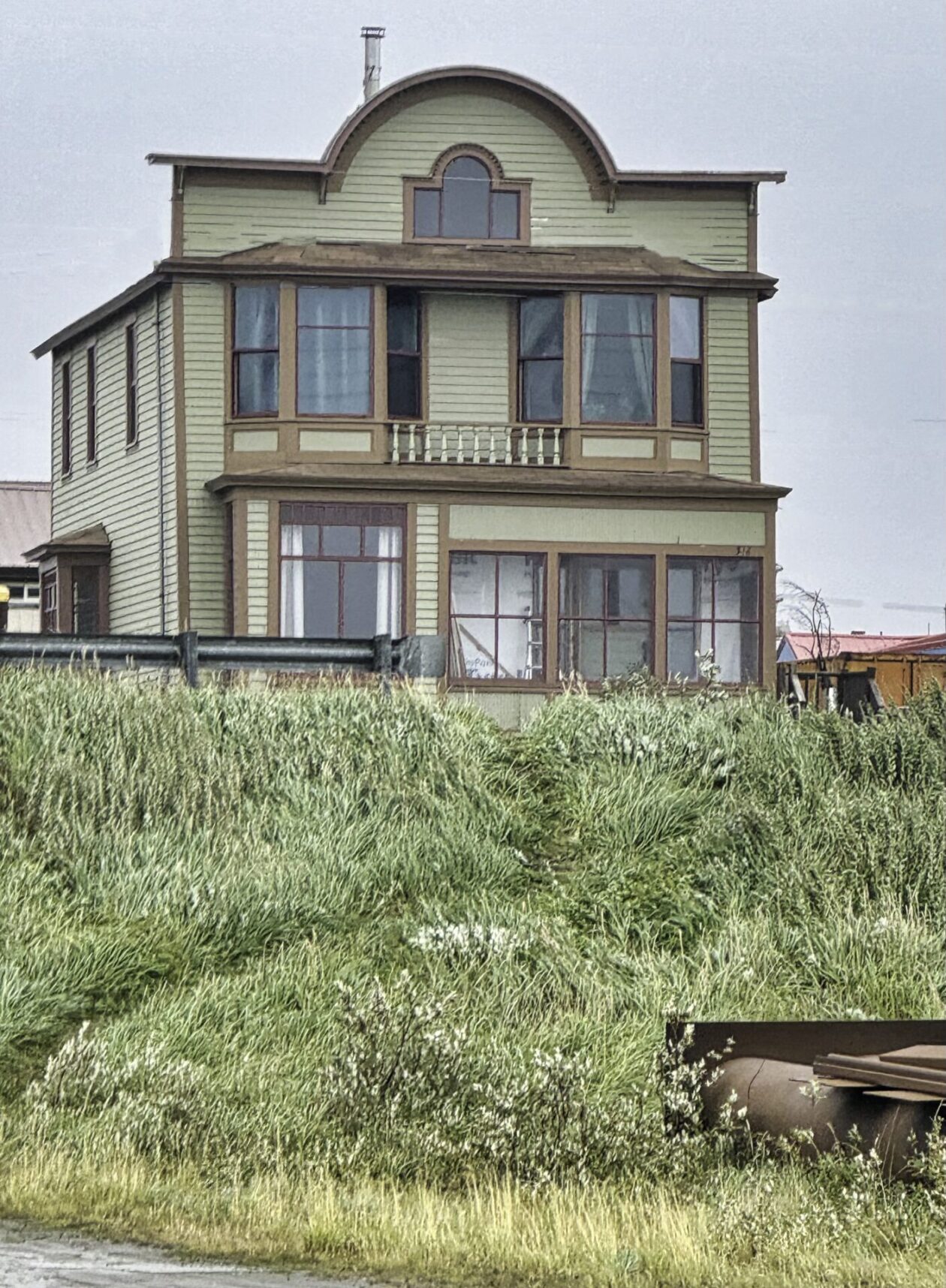
Of course, time marches on, and Nome got put on the map with the discovery of gold in 1898 by the “3 Lucky Swedes,” who met by chance at an overcrowded mining town east of Nome and decided to try their luck. In today’s dollars they pulled out about $60M so yes, I’d say they were lucky. This gold was literally littering the shores and shallows of the Snake River. From nothing, the town grew to 20,000 until the boom was over. But amazingly, during the summer, the “City of Golden Beaches” is one again crowded with both large- and small-scale miners who use floating dredges to sift the bottom and pull out the gold. Given the weather, nobody was out, but I got to walk around the myriad of craft. Pretty wild!
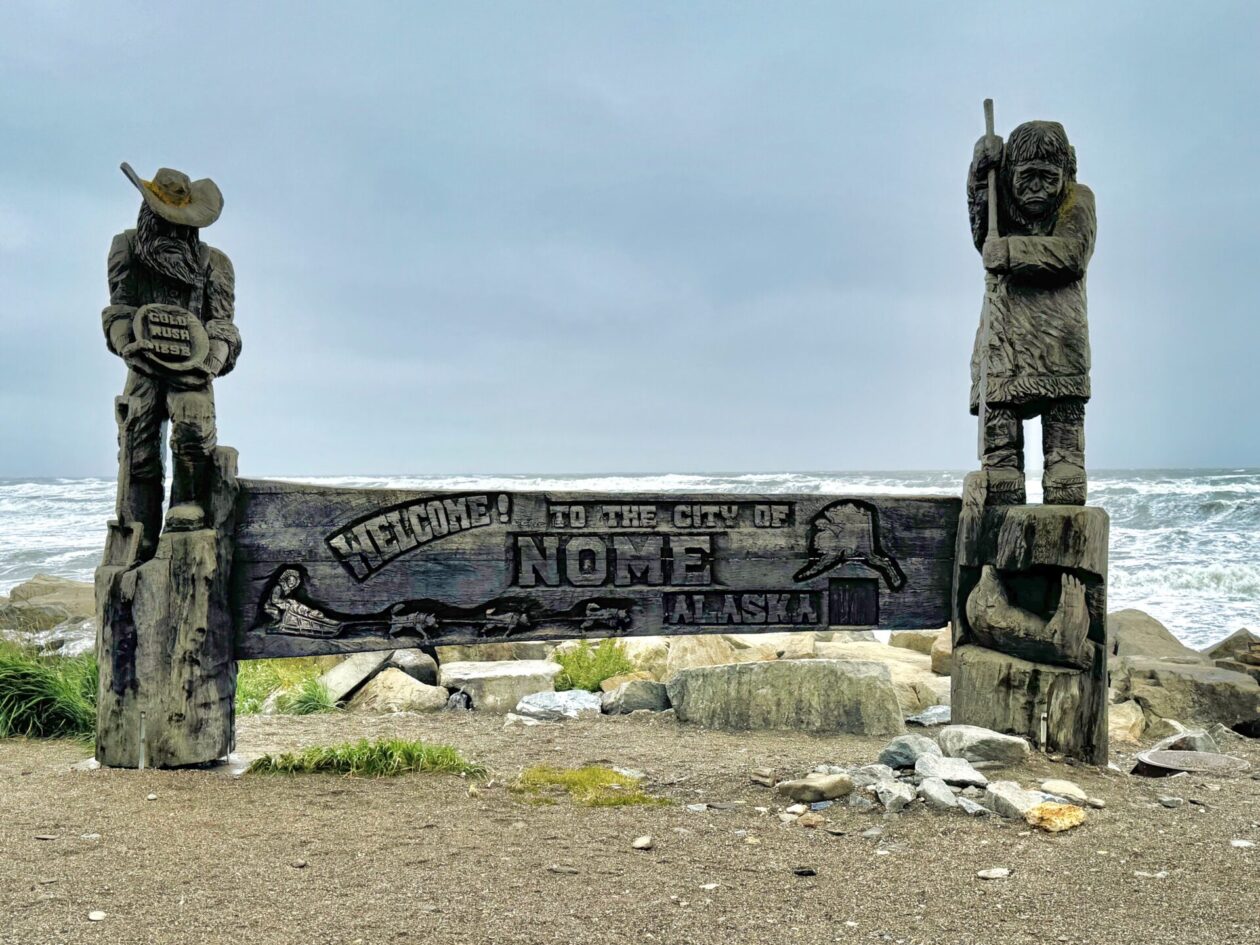
Of course, dog sledding is very popular and, Nome is the official finish for the Iditarod Sled Dog Race. But the history of this race really comes from a serum run in the winter of 1925 when a deadly outbreak of diphtheria required a relay of dog teams traveled 700 miles in six days to get the serum to Nome where it saved hundreds of lives. If you know this story, then you know about the controversy of which lead sled dog saved the day. Balto gets much the credit and has a statue in Central Park. But it turns that Togo was the real hero of the story and in the Culture Museum is the stuffed co-lead dog, Fritz. Hell, Fritz didn’t get any publicity at all, so I am shining the light on him!
After wandering (or getting blown) around town, I went back to the Hospitality Center. The hosts were so welcoming. Since we didn’t know if we were going to get back on the ship that night, a search was started for places for the refugees to stay. It was almost like Gander after 9/11. While they provided us coffee and cookies, the ship ultimately sprung for pizza and beer. Just after we finished, we got the call to come back to the ship. After a lot of maneuvering, the crew ultimately formed a human chain and snaked us aboard. Wow, what an amazing start to the trip!
We would spend the next four days we would transit the Bering, Chukchi, and Beaufort Seas — all were blessedly calm! Of course, we crossed the Arctic Circle during this transit which meant it was time for the Arctic Baptism. We’ve been north of the Arctic Circle before, but I hadn’t gotten baptized. Of course, being a Norwegian ship, the ceremony had to follow their traditions; in this case with a visit from the sea god Njord and a baptism to appease him. I was baptized TWICE by the captain since Deb missed the first drenching. You just can’t get good videographers these days. Anyway, nothing that a little brandy couldn’t take care of. So onward we go to our first landing at Herschel Island.
